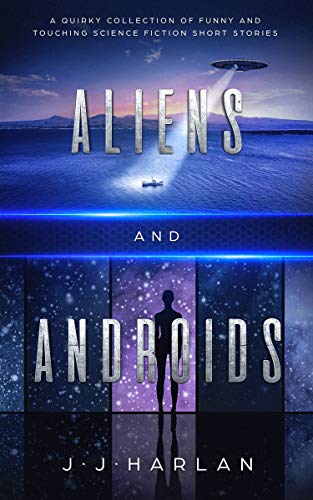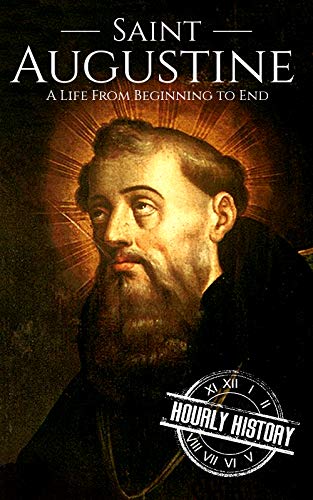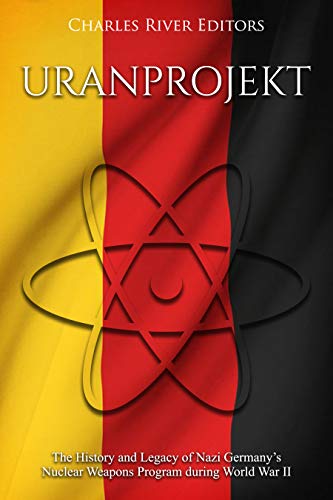Uranprojekt: The History and Legacy of Nazi Germany’s Nuclear Weapons Program during World War II
*Includes pictures*Includes a bibliography for further reading*Includes a table of contents “What if the enemy should get the atomic bomb before we did! We could not run the mortal risk of being outstripped in this awful sphere.” – Winston Churchill Both the Western Allies and the Soviets knew of Adolf Hitler’s V-2 rocket program, the
*Includes pictures
*Includes a bibliography for further reading
*Includes a table of contents
“What if the enemy should get the atomic bomb before we did! We could not run the mortal risk of being outstripped in this awful sphere.” – Winston Churchill
Both the Western Allies and the Soviets knew of Adolf Hitler’s V-2 rocket program, the forerunner of ballistic missiles and the space race. Each recognized the immense strategic value of these technologies and wished to secure their benefits for themselves. As the Soviets contemplated additional expansion following the “Great Patriotic War” and the U.S. military came to understand the putative allies of today would emerge as the enemies of tomorrow, the men possessing knowledge of the V-2 rockets and other Third Reich military technology programs became seen as crucial pieces in the incipient NATO versus Warsaw Pact standoff.
The result was the American-led “Operation Paperclip” on the Western side, which resulted in German scientists putting their expertise at the disposal of the U.S. and other NATO members. Operation Paperclip aimed not only to obtain the benefits of German scientific advances for the United States but also to deny them to the potentially hostile Soviets, as General Leslie Groves enunciated: “Heisenberg was one of the world’s leading physicists, and, at the time of the German break-up, he was worth more to us than ten divisions of Germans. Had he fallen into the Russian hands, he would have proven invaluable to them (Naimark, 1995, 207).
But Heisenberg was important not simply for being a physicist – he was one of the principal men in charge of Nazi Germany’s nuclear weapons research.
Tens of millions died during World War II as the warring powers raced to create the best fighter planes, tanks, and guns, and eventually that race extended to bombs which carried enough power to destroy civilization itself. While the war raged in Europe and the Pacific, a dream team of Nobel Laureates was working on the Manhattan Project, a program kept so secret that Vice President Harry Truman didn’t know about it until he took the presidency after FDR’s death in April 1945. The Manhattan Project would ultimately yield the “Little Boy” and “Fat Man” bombs that released more than 100 Terajoules of energy at Hiroshima and Nagaski, but not surprisingly, Nazi Germany was not far behind with their own nuclear weapons program.
When the Nazis’ quest for a nuclear weapon began in earnest in 1939, no one really had a handle on how important nuclear weapons would prove to war and geopolitics. The attacks on Hiroshima and Nagasaki in August 1945, along with the Cold War-era tests and their accompanying mushroom clouds, would demonstrate the true power and terror of nuclear weapons, but in the late 1930s these bombs were only vaguely being thought through, particularly after the successful first experiment to split the atom by a German scientist. The nuclear age itself was in its infancy, barely 35 years old, but within a few short years the advent of nuclear war loomed over the world and the prospect of a malign dictatorship winning the nuclear race kept Allied leaders awake at night.
Uranprojekt: The History and Legacy of Nazi Germany’s Nuclear Weapons Program during World War II examines the Nazis’ race to reach the ultimate goal from 1939-45, how they went about their objectives, and why they failed. Along with pictures of important people, places, and events, you will learn about Nazi Germany’s nuclear weapons program like never before.
Bestsellers 2021
Auto Amazon Links: No products found.







Comments
Comments are disabled for this post.